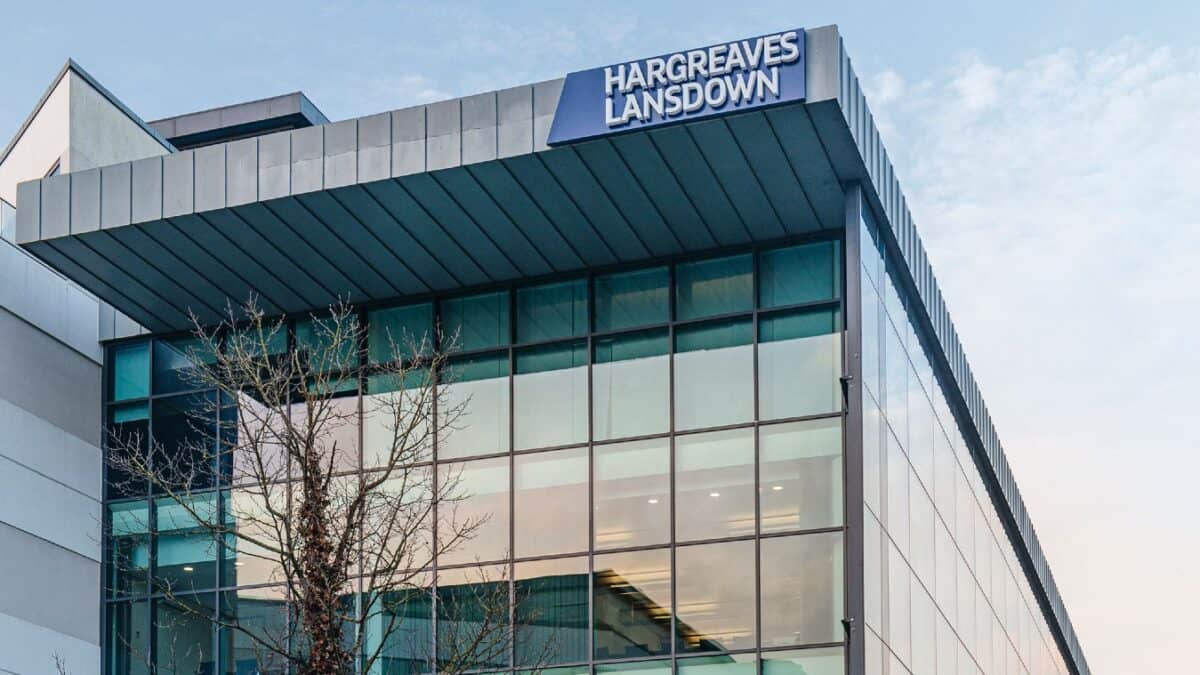Back in Q1 2020, the stock market crashed. It provided a great opportunity for long-term investors to buy shares. Even though it’s easier to say this with hindsight, what if I’d bought some Hargreaves Lansdown (LSE:HL) shares during this period? Let’s take a look.
Take a look at the numbers
At the start of 2020, the share price was trading at 1,924p. During the first quarter, it dropped to lows of 1,150p during March. Of course, it would have been hard for me to have perfectly timed the market and bought at this level. So I’m going to assume a more reasonable price of 1,400p, bought at some point during the crash.
I would have been cheering later in the summer, with the stock trading back above 1,900p in August. However, the business has suffered problems since then. With the pandemic now over, the stock currently trades at 718p.
This means that my initial £1,000 would currently be down 48.7%, worth £512. How does this compare to the FTSE 100 over the same period? A look at the charts tells me that it’s up 8%. So there’s a clear divergence in performance.
How things went wrong
The business has been rocked by various problems since the market crash, some predictable and others less so. It suffered technical problems in late 2020 with a surge in interest from retail investors. The high-profile fund failure of Neil Woodford and the relationship it had with him caused the business image to be tarnished.
Aside from that, the firm has faced heightened competition in the wealth management and stock trading space. The huge demand in retail activity in 2020 and 2021 has now moderated, putting pressure on financial performance.
It’s impossible to list everything but unfortunately the business hasn’t been able to cope well and this is reflected in the current share price.
Where we go from here
The last full-year results released this summer show that the company is still profitable. In fact, the £402.7m profit after tax for the 2022/23 year was the highest since before the pandemic! So I do feel that some of the pessimism around the firm has been overdone.
Yet the current share price does seem to be fair value given the current earnings. The price-to-earnings ratio is 10.53, pretty much bang on to what I’d say is average. So there isn’t a huge rush from my perspective to go and buy the stock now (or buy more if I had invested in 2020).
At the same time, I don’t think it would make sense to sell the stock if I held it. The business might have tough competition going forward, but that’s reflective of a sector that should have high growth. Wealth management is a profitable area to be in and I expect Hargreaves Lansdown to perform well in this environment.








